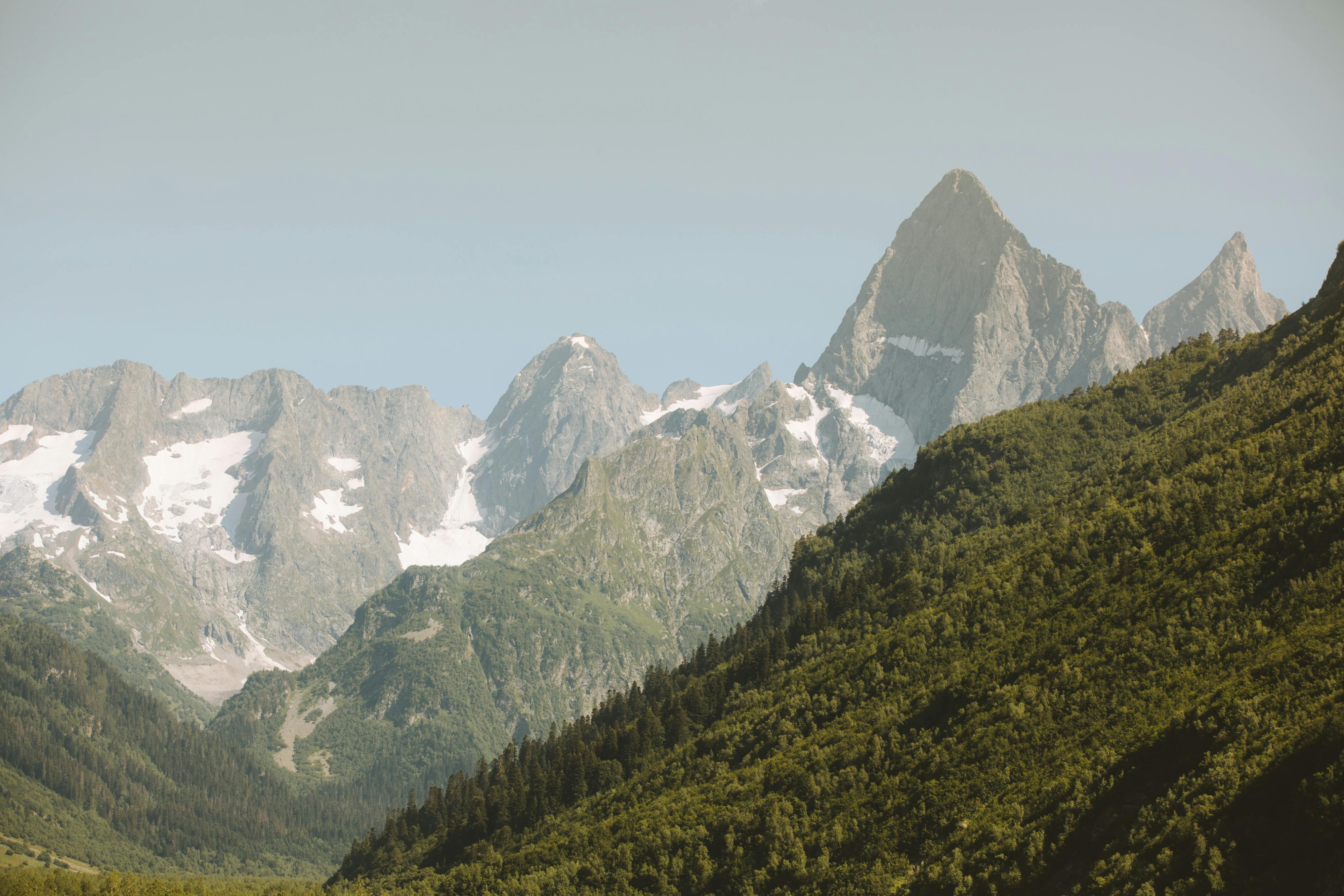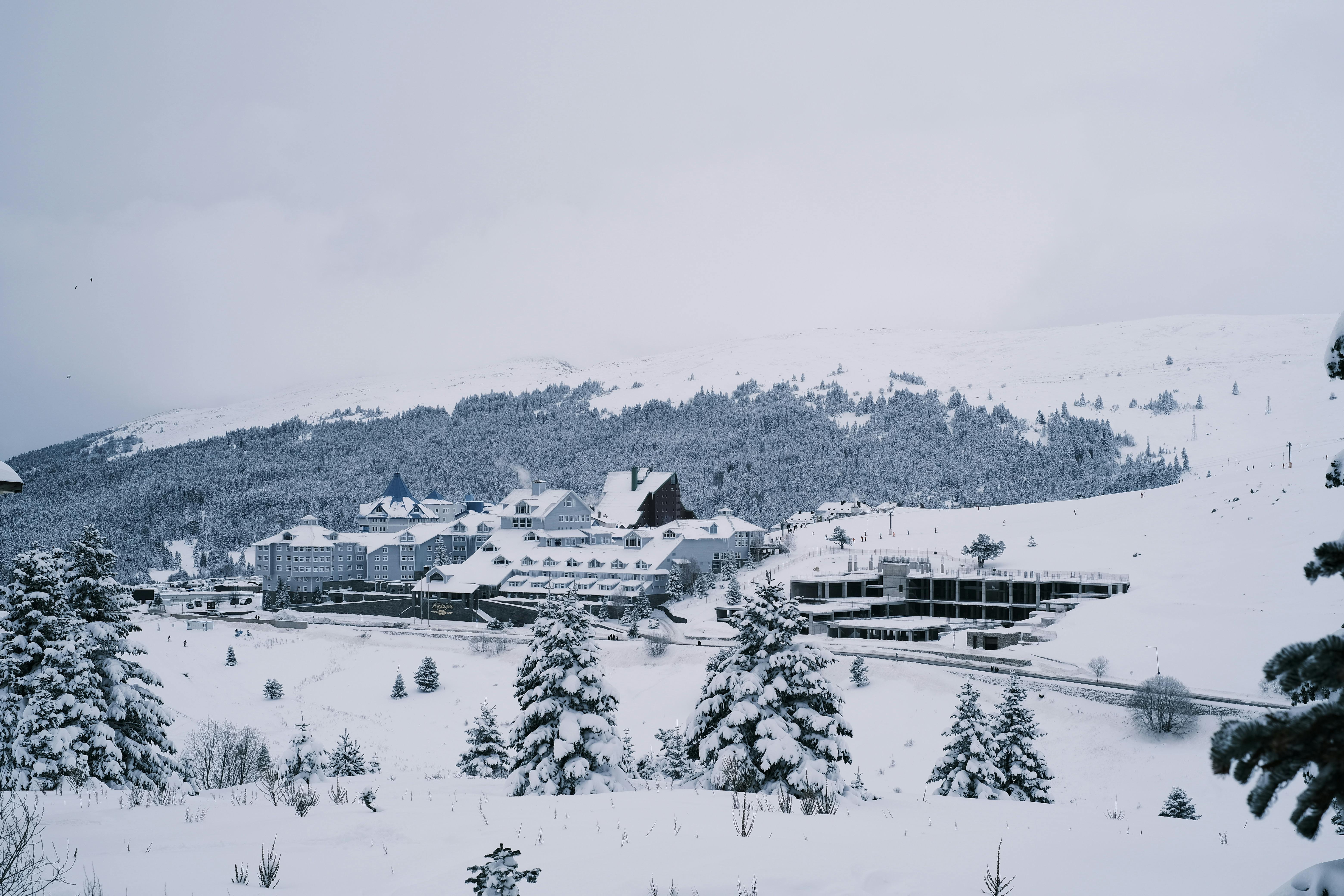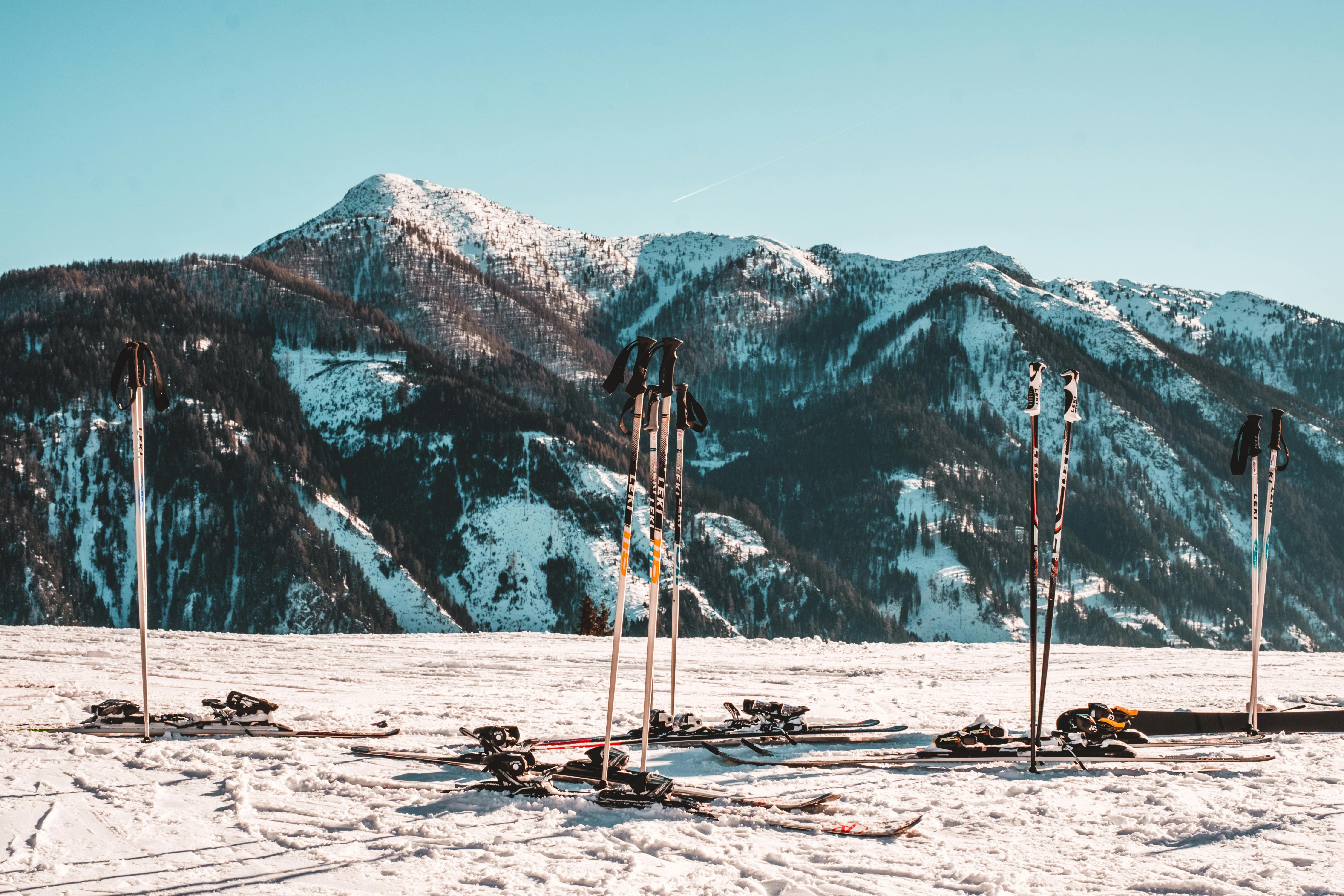5 Things You Need to Know Before Deciding: Is Skiing Safer Than Snowboarding?
Ah, skiing versus snowboarding—the age-old debate that's launched countless chairlift arguments and inspired enough Reddit threads to crash the site. But here's the million-dollar question slathered in a thick layer of snow-doubt: Is skiing actually safer than snowboarding?
The Learning Curve: Skier's Slide Versus Snowboarder’s Splat
First things first—learning either sport means embracing an awkward, ego-crushing phase where you spend more time hugging the ground than actually gliding atop it. Skiing and snowboarding both demand a healthy cocktail of grit, balance, and a detached view of your self-esteem. But let’s settle this right here: Skiing has the gentler learning curve.
As a beginner skier, you'll likely spend those first few hours careening downhill in the iconic "pizza slice" stance because, apparently, controlling speed with your edges requires as much coordination as solving calculus while juggling flaming torches. But once you get the braking trick mastered—and have figured out how to avoid taking out a small child on the bunny slope—progress is usually steady.
Now, snowboarding? Imagine being strapped to a plank and repeatedly slamming into frozen cement while gravity gleefully whispers, "You’re doing great, sweetie." Ironically, snowboarders call their brutal learning days "catching an edge." That’s adorable code for somersaulting face-first into the snow every five seconds. Wrist injuries are practically a rite of passage for beginners.
Safety takeaway: New skiers struggle a bit less than new snowboarders. If you prioritize walking away with your dignity and bones intact, skiing edges ahead—pun thoroughly intended—on the safety scale for rookies.

Injuries: When Knees and Wrists Wage War
Let me be blunt: both skiing and snowboarding can leave you with injuries that make ambulance rides seem like an extreme sport of their own. Based on years of seeing people cart off the mountain in varying states of shock, here’s how the battle plays out:
Skiers and Their Knees
Skiing might be safer for beginners, but don’t let that applause go to your head just yet. For intermediate and advanced skiers, the risk of tearing your ACL is real and terrifyingly high—your knees take a beating when you’re pivoting and powering through turns at high speeds. A poorly-timed twist or, heaven forbid, a tree encounter can turn your slope dreams into surgery nightmares.
Snowboarders and Their Wrists
Now, snowboarding throws its own gauntlet of injuries, most notably targeting the wrists and shoulders. Falling while strapped to a snowboard often means instinctively bracing a hand against the impact. Slamming into compacted snow isn’t exactly kind to your bones. Wrist guards? Mandatory fashion if you value functioning hands.
That said, snowboarders tend to avoid catastrophic leg injuries common in skiing—bonus points for keeping the lower half intact! Meanwhile, the top half? Not so lucky.
Safety takeaway: Skiers dread ACL tears, and snowboarders loathe wrist breaks. Ain’t that poetic?

The Gear Gamble: Do You Want to See or Survive?
Speaking of poetry, nothing pairs better with icy slopes than foggy vision and gear-induced existential panic. Let me tell you a little love story about gear… and by love, I mean sheer necessity if you want to avoid becoming an ice sculpture mid-run.
For those clinging to prescription glasses under oversized goggles, let me introduce you to the unsung hero of slopes—prescription ski goggles with Overo's state-of-the-art inserts. After all, squinting at tree branches while whooshing downhill is less “outdoorsy thrill” and more “Darwin Award audition.”
Here’s why Overo Glasses revolutionize your mountain adventures:
- Military-Grade Anti-Fog Coating: Because skiing blind is less charming than Disney makes it sound. Overo inserts stay clear no matter how frosty it gets.
- Snug Fit, Zero Slips: Our stable-fit design keeps lenses in place, even when you think "catching air" means crash-landing in someone else’s ski pole.
- Tailored To Your Vision: Every lens is customized to ensure clarity sharper than your sarcastic humor.
- Eco-Friendly Justification for Buying Cool Gear: Sustainably sourced materials mean you’re saving the planet mid-epic faceplant.
Safety takeaway: Seeing clear is surviving clear. Overo prescription inserts make sure your vision stays intact, even if your coordination doesn’t.

Terrain Roulette: A Game of Skill, or To-What-Did-I-Just-Ollie?
Let’s not kid ourselves—terrain matters. Your level of experience and the slope’s attitude are bigger safety players than whether your feet are strapped to parallel rods or a horizontal plank.
Skiing offers sheer versatility. You can glide through groomed runs like a sophisticated alpine ninja or challenge moguls that look like snowy speed bumps from hell. Snowboarders, meanwhile, excel in powder and terrain parks but tend to struggle on flat stretches (cue awkward hopping).
And then there’s the “tree well” situation, which no one likes talking about and which I unfortunately encountered when someone underestimated Mother Nature’s mood swings. If you do one thing today, friends, it’s this: invest in proper safety gear. An avalanche probe and shovel have more life-saving potential than you’d believe.
Safety takeaway: Your ability to navigate hazards depends on terrain familiarity. Know your limits, gear up properly, and leave the heroics for GoPro edits.

Gravity’s Not Biased: The Verdict?
So, is skiing safer than snowboarding? The short answer: it depends. Choosing between these winter sports is less about stats and more about self-awareness, preparation, and—say it with me—gear that won’t betray you.
For beginners, skiing gently nudges ahead in safety, mainly thanks to an easier starting curve and fewer upper-body disasters. Snowboarding, on the other hand, may seem riskier at first but ultimately tends to have fewer catastrophic lower-body injuries.
But hey, here's the sneaky truth: neither sport is safe if you’re unprepared. You’re flirting with gravity either way, so slap on your Overo prescription ski goggles, double-check your helmet straps, and scream all the way down the mountain like a lunatic. Trust me—it’s part of the charm.
So, pick your poison. And remember, whether careening on skis or snowboarding into oblivion, it’s always better to look good (and see clearly) while doing it. See ya on the slopes—hopefully not colliding into each other.
Frequently Asked Questions
Is skiing safer than snowboarding for beginners?
Yes, skiing is generally considered safer for beginners due to its gentler learning curve. Skiing allows for more control, whereas snowboarding may result in frequent falls, especially when "catching an edge."
What are the most common injuries in skiing and snowboarding?
Skiers often face knee injuries, particularly ACL tears, while snowboarders are more prone to wrist injuries due to the frequent impact of falls.
How important is gear in ensuring safety?
Gear is crucial to safety. For instance, Overo prescription ski goggles can improve vision clarity, while wrist guards for snowboarding can prevent injuries. The right gear enhances both safety and performance.
Does terrain type affect risks for skiing and snowboarding?
Yes, terrain plays a significant role. Skiers excel in versatile terrains, while snowboarders perform better in powder and terrain parks but struggle on flat stretches. Knowing the terrain and proper preparation are key to minimizing risks.
Are there any specific safety tips for skiing or snowboarding?
Always wear proper gear, including helmets and goggles, and be aware of your skill level. For advanced terrain, equipment like avalanche probes and shovels is essential. Follow safety guidelines and know your limits.
References
- Expert Tips on Winter Sports Safety - Insights on preventing skiing and snowboarding injuries.
- How to Prepare for Expert-Only Ski Runs - Guidance on terrain preparation and skill building.
- Mountain Safety Tips - Essential mountain safety practices for winter sports.
- Backcountry Skiing and Snowboarding Safety - Information on staying safe in backcountry regions.
- Learning How to Ski: Tips for Beginners - Personal experiences and learning techniques for skiing.



Share:
7 Effective Tips to Keep Your Prescription Ski Goggles Fog-Free on the Slopes
5 Things You Need to Know About Ski Resorts That Don’t Allow Snowboarding